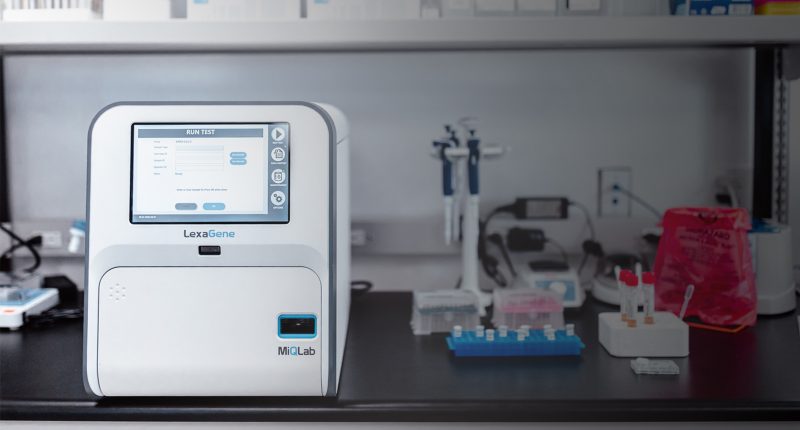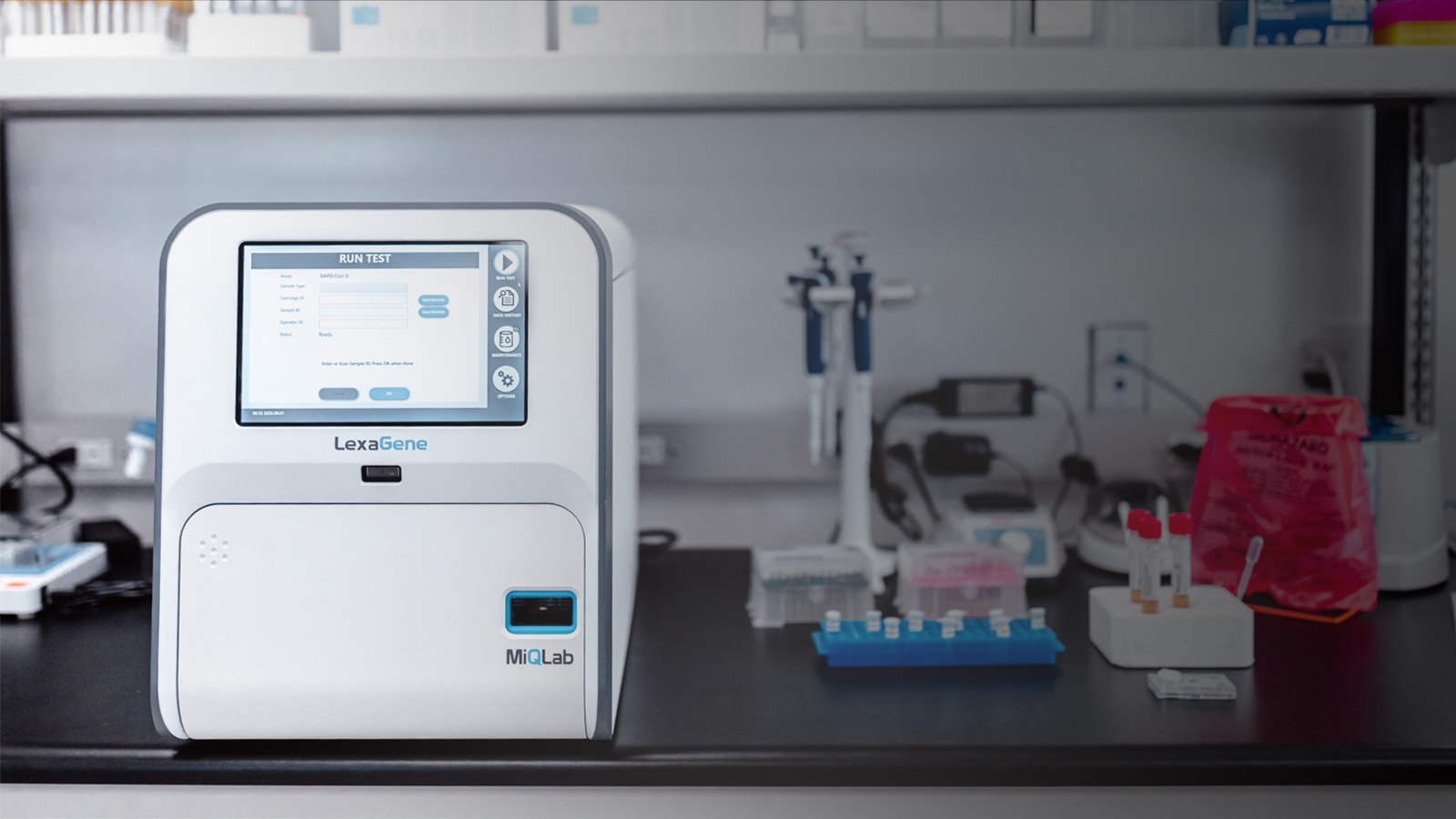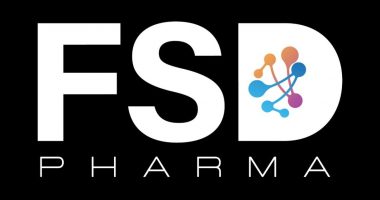- LexaGene Holdings (TSXV:LXG) has announced that its MiQLab System is able to detect bacterium 36 times faster than more traditional methods
- The company said this kind of slow-growing bacterium leads to millions of dollars in damages to biopharmaceutical manufacturers
- The system can also be as much as 168 times faster than a culture started from a bioreactor sample
- LexaGene is now looking to expand the number of targets included in its bioreactor contamination panel
- Contamination in bioreactors is common as it relies on mammalian culture, making it crucial to keep bioreactors free from unwanted microorganisms
- Shares of LexaGene are up 15.25 per cent to C$0.68 as of 12:46 p.m. EDT
LexaGene Holdings’ (LXG) MiQLab System can detect the presence of a slow-growing bacterium as much as 36 times faster than traditional methods.
Damage from this bacterium can cost biopharmaceutical manufacturers millions of dollars and is common as it relies on mammalian culture.
This makes detecting bacterium crucial in order to keep bioreactors free from unwanted microorganisms.
In a press release, Dr. Jack Regan, CEO of LexaGEne, said a biopharmaceutical manufacturer purchased the MiQLab System last fall in order to improve quality assurance around its bioreactor work. Regan explained the manufacturer continues to use the system, and the company is now looking to expand the number of targets included in the bioreactor contamination panel.
“The biopharmaceutical manufacturing sector is rapidly growing and continues to ramp up to meet global demand for vaccines, monoclonal antibodies, and therapeutic proteins,” Regan said. “The MiQLab System, using its fully automated sample preparation and PCR technology, can screen a sample taken from a bioreactor for multiple contaminants that could negatively affect a manufacturing line. In comparison to standard lab-based testing methods, the MiQLab System can return reliable results in a fraction of the time.”
Vaccines are just one example of having to be culture-free from microorganisms as this can lead to vaccine recalls and vaccine shortages.
One of the most common contaminants in bioreactors is cutibacterium acnes — c. acnes — which is a commensal bacterium on human skin and is one of the hardest microorganisms to detect.
As such, min order to reduce the impact of c. acnes on product stability and conformity, rapid testing needs to be done on the four key phases of manufacturing.
This includes testing on raw materials, the seed cultures, the small bioreactor material and the final product before it it sent to the customer.
“We are pleased to announce that LexaGene completed a study on C. acnes using the MiQLab System. In this benchmark study, C. acnes was diluted in media down to extremely low levels (below the limit of detection) and cultures were grown for 24 hours to mimic growth in a bioreactor,” Dr. Nathan Walsh, vice president of Applications and Bioinformatics of LexaGene, said in a press release.
“Samples were then collected for MiQLab processing and agar plating, where the plates were incubated under ideal conditions and regularly monitored for signs of countable colonies. Colonies on the plate were not observable until three days after plating. In contrast, the MiQLab successfully detected 100 percent of the samples in just two hours.”
Shares of LexaGene are up 15.25 per cent to C$0.68 as of 12:46 p.m. EDT.






